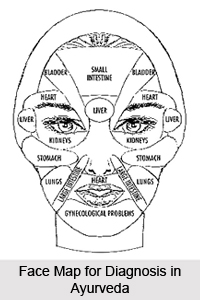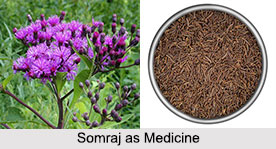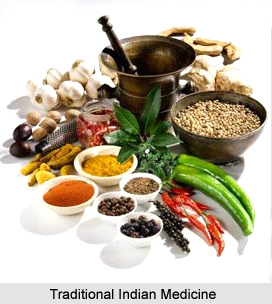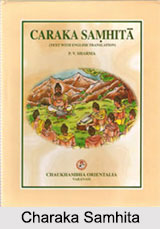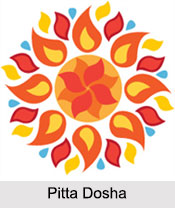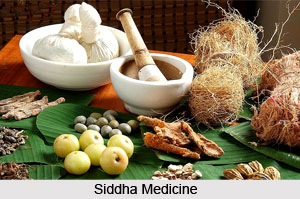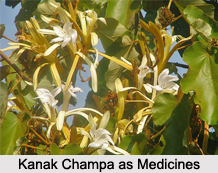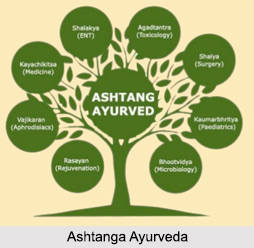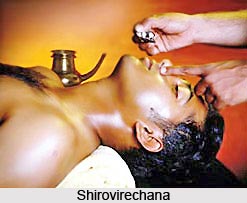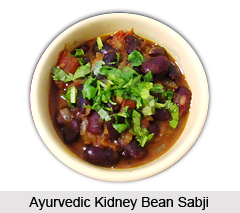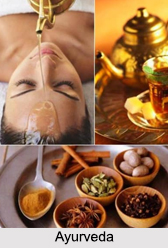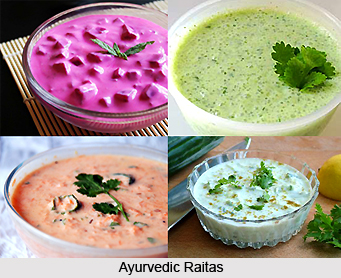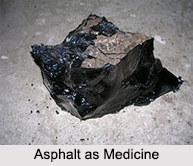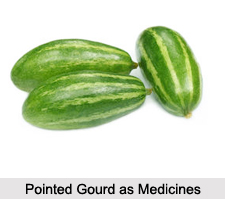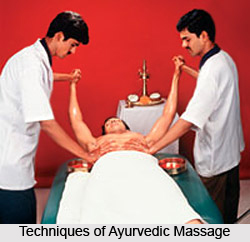 Techniques of Ayurvedic Massage are of several types. Some of these are Vata Massage, Pitta Massage and Kapha Massage
Techniques of Ayurvedic Massage are of several types. Some of these are Vata Massage, Pitta Massage and Kapha Massage
Vata Massage
If Patients are thin, dry skinned, old aged and suffering from visiation of Vata dosha (Vatvyadhi) then Oil, Ghee, Vasa etc.is used for massage. The massage should be warm, smooth and nurturing. Abrupt, rough movements can be irritable and disturbing to Vata types. Lots of warm oil should be used. Excess oil can be allowed to sit on the skin to soak in.; Vata bodies will just absorb it. Oil should be allowed to stand and soak into the tissue over the entire abdomen.
Pitta Massage
Pittas are oily, hot, intense and fluid, so they needs massage, which is calming and relaxing. They do not need as much oil as Vata types and their oils need to be of a cooling nature. The massage should be deep and varied; the subject`s mind can be kept occupied by using different techniques. Pitta tissues can be sometimes be inflamed or irritated, so care should be used in these areas. Too much fast movement can worsen their imbalances; the massage needs to be slow and deliberate without a lot of movement from one area to another.
Kapha Massage
If patient is fat, having excessive Kapha dosha aggravation, having low digestive fire (Mandagni) then use of oil is contra-indicated. They are fit to undergo Udvartana (dry massage).
According to Ayurveda the application of oil over the limbs must be in Anuloma gati (according to the direction of hairs) and over the joints in circular movements. Kapha require the most vigorous type of massage to stimulate their sluggish metabolism and lack of fluid movement. Fast, even harsh, movements are appropriate, with as little oil as possible. If the Kapha is really out of balance, increasing amounts of diaphoretic and diuretic essential oils will be helpful.
Dalhana the commentator of Sushruta has mentioned that when Abhyanga is done all over the body for 300 matrakala (1 matrakal = 1/3 second) the snehadravya reaches the roots of the hair. Similarly it penetrates the
* Rasa` dhatu in 400 matrakala.
* Rakta dhatu in 500 matrakala.
* Med dhatu in 700 matrakala.
* Asthi dhatu in 800 matrakala.
* Majja dhatu in 900 matrakala.
Thus it takes approximately 5 minuts to get maximum effect of Abhyanga after application. Various medicated oils and ghritas like Chandan bala taila, Mahanarayan Taila, are used for Abhyanga as per the body structure, condition of Dosha, disease, season etc.






